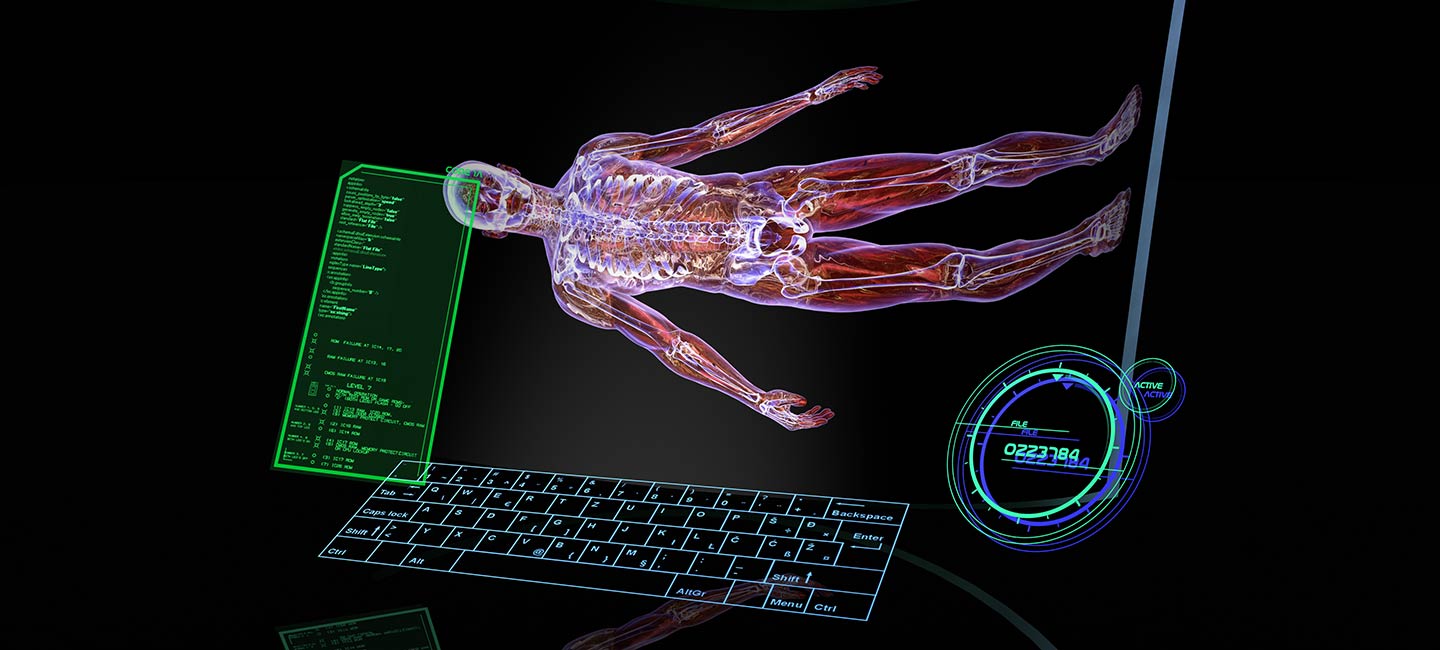Imaging May Help Guide Ovarian Cancer Treatment Decisions
Ovarian cancer is the deadliest gynecological malignancy in the U.S. There are two treatment approaches for the disease. Both involve surgical debulking and chemotherapy; however, the decision on whether to administer chemotherapy before or after surgery is controversial, as there are no standardized guidelines for clinical decision support.
Moffitt Cancer Center researchers are hoping they can help make the decision process easier using radiomics, a quantitative image analysis that extracts features from computerized tomography (CT) scans or positron emission tomography (PET) scans. They are presenting the results of their study at the American Association for Cancer Research Annual Meeting.
The research team extracted intratumoral radiomic features from pre-treatment contrast-enhanced CT images of 308 serous ovarian cancer patients who were evaluated and treated at Moffitt between 2008-2019. Radiomic features include size, shape, volume and textural characteristics of the area within the tumor. Patients treated with upfront surgery were split into two groups: training and test. Those who received upfront neoadjuvant chemotherapy before surgery were used to determine if radiomic features were prognostic or predictive.
Their analysis identified a volumetric feature that describes the location of center of mass inside the tumor in pixels in the x-direction as the most informative radiomic feature and helped to stratify patients as high or low risk. In the training cohort, high-risk patients had significantly worse overall survival compared to those at low risk. The findings were similar in the test cohort. However, this radiomic feature was not associated with the overall survival among those who received upfront neoadjuvant chemotherapy.
“This radiomic feature may be a predictive biomarker for upfront surgical debulking since it was not associated with outcomes among patients treated with neoadjuvant chemotherapy. We’re hoping further research will show this radiomic biomarker can be utilized as clinical decision support to guide first-line treatment options,” said Dr. Jaileene Pérez-Morales, an applied postdoctoral fellow in the Cancer Epidemiology Department at Moffitt.
Moffitt researchers have identified & validated a predictive radiomic feature associated with outcomes among patients with high-grade serous #ovariancancer. The finding could help guide treatment decisions. Learn more at their #AACR22 poster (#3218): https://t.co/ywShYwNJ7N pic.twitter.com/Q038ygnvNx
— Moffitt Cancer Center (@MoffittNews) April 12, 2022



